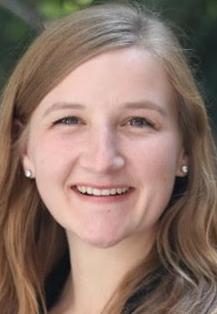Challenges and Opportunities with the Installation and Implementation of V2H Solutions with Guidance for V2G Functionality
This session will focus on the lessons learned from Ford's early efforts to implement and install V2H capabilities in customer's homes. A myriad of complexities that can come up given specific conditions at a client's home will be discussed along with the way these issues were solved or in rare cases, could not be solved. Lessons learned will be shared along with suggestions on how to well address customers needs and produce a successful outcome. Fords current solution involves proprietary technologies but future solutions will use standards, how will this change future installations? What would Ford do differently given what has been learned? What has PG&E done to facilitate installation and enable customers to participate? Suggestions on how to deliver these solutions successfully will be shared along with guidance on planning for a future V2G functionality.
Key Takeaways:
- V2H works today and can provide extended and reliable backup for multiple days
- There are challenges that are unique to V2H that are distinct from V2G and significant consideration must be given to each home given multiple variables
- There are benefits to and challenges that come from a proprietary solution and new ones as we move towards standards-based ones
- Installations that support V2H need to consider additional complexities if they intend to support V2G in the future
Panelists:

Moderator:
Sarah Swickard
Manager, Vehicle Grid Integration
PG&E
Sarah Swickard
Manager, Vehicle Grid Integration
PG&E
For more than six years, Ms. Swickard has supported the design and execution of numerous transportation electrification (TE) projects within PG&E's Clean Energy Transportation portfolio. Currently, she is leading the deployment of PG&E's vehicle grid innovation pilots, execution of strategic initiatives to improve data quality and analytics, and spearheading PG&E's strategic direction for scaled vehicle-grid-integration. In her previous role as a Principal Business Analyst, Ms. Swickard led advocacy efforts for major TE related policies and regulations, including the California Air Resources Board's Advanced Clean Fleets Rule and the California Public Utilities Commission's (CPUC) TE Framework. Additionally, she collaborated with CPUC to develop and propose a $125M low carbon fuel standard program portfolio designed to benefit customers and balance PG&E's business goals with external stakeholder guidance and regulation.


Ryan O'Gorman
Energy Services Co-Lead and Head of Intelligent Backup Power
Ford Motor Company
Profile
Energy Services Co-Lead and Head of Intelligent Backup Power
Ford Motor Company
Profile
